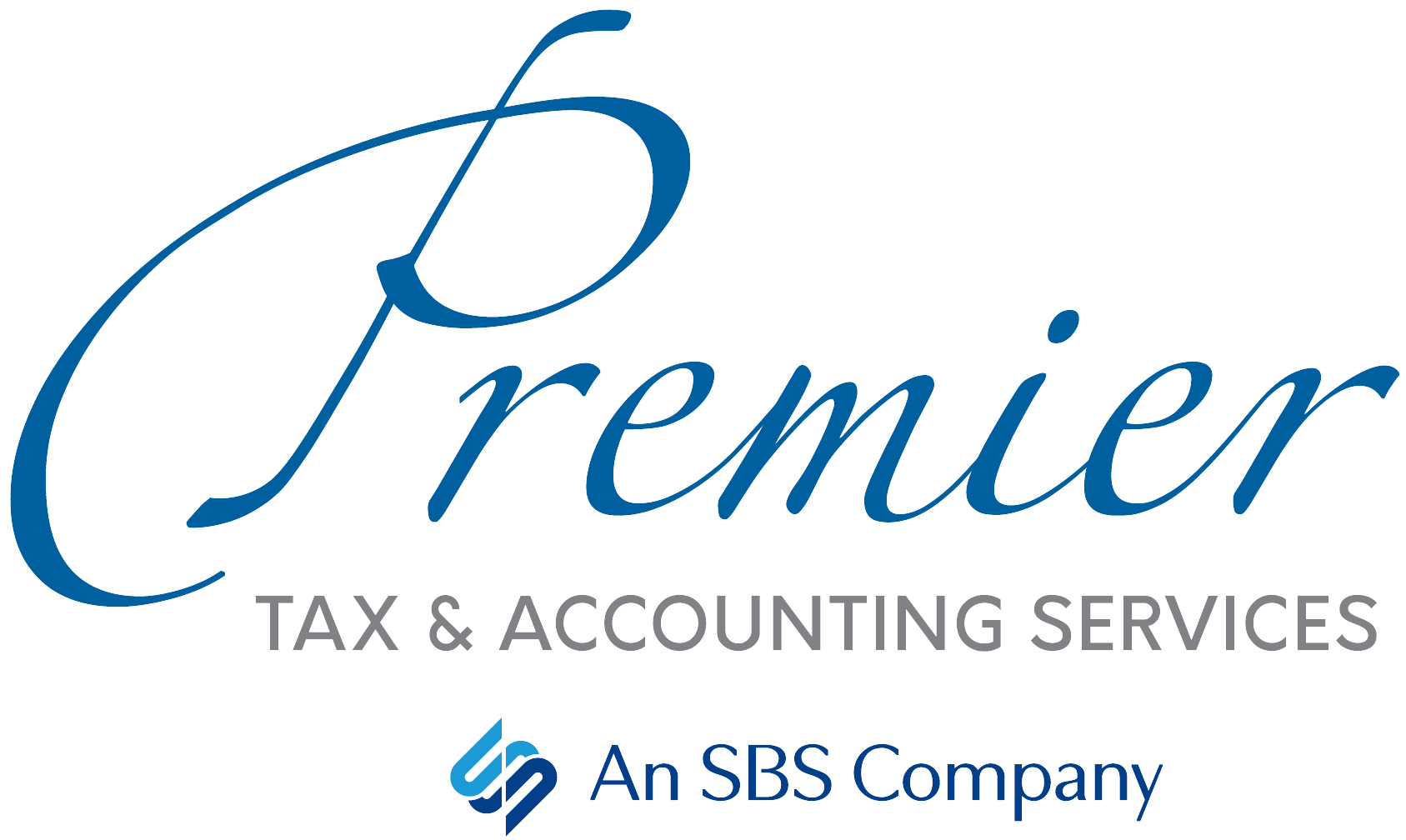As we enter the last quarter of 2022, now’s a good time to think about taking full advantage of any tax benefits that may apply to you and your small business. Keep these deductions in mind:
Enhanced Business Meal Deduction
Through the end of 2022, you can generally deduct 100% of the cost of business-related food and beverages purchased from a restaurant. Beginning in 2023, the limit is expected to revert back to 50% of the cost of the meal.
To qualify for the higher limit, the business owner or an employee of the business must be present when food or beverages are provided. And the expense cannot be lavish or extravagant. Restaurants include businesses that prepare and sell food or beverages to retail customers for immediate on-premises or off-premises consumption.
For more information about this provision, as well as details on the special recordkeeping rules that apply to business meals, see IRS Publication 463, Travel, Gift, and Car Expenses.
Home Office Deduction
If you own a business and work from home, you may qualify for a home office deduction. Usually, you must use a room or other identifiable portion of your home exclusively for business on a regular basis. Exceptions to the exclusive-use standard apply to home-based daycare facilities and to portions of the home used for business storage, where the home is the only fixed location for that business.
If you’re eligible, you can figure the deduction using either the regular method or the simplified method. Keep in mind that business expenses in excess of the gross income limitation are not deductible (ask us for details).
- Regular Method: You’ll need to divide the expenses of operating your home between personal and business use. While direct business expenses (e.g., equipment, supplies, etc.) are fully deductible, the deductible portion of indirect expenses (e.g., real estate taxes, mortgage interest, rent, casualty losses, utilities, insurance, depreciation, maintenance and repairs) is based on the percentage of your home used for business. When you file your taxes, you’ll use Form 8829, Expenses for Business Use of Your Home.
- Simplified Method: The simpler method provides for a rate of $5-per-square-foot for business use of the home, with a maximum deduction of $1,500 (based on business use of at least 300 square feet). In this case, you would use the worksheet found in the instructions to Schedule C for sole proprietors.
If you are a homeowner and you choose the simplified option, you cannot depreciate the portion of your home used for business. However, you can still claim any allowable home mortgage interest, real estate taxes and casualty losses as itemized deductions on Schedule A. These deductions need not be allocated between personal and business use, as is required under the regular method. What’s more, business expenses unrelated to the home, such as advertising, supplies and wages paid to employees, are still fully deductible.
Other Tax Benefits
From start-up expenses to the qualified business income deduction to the health-insurance deduction for self-employed individuals, there are a variety of tax benefits that are available to entrepreneurs and other business owners. For details on these and other tax benefits, contact us. today. We can help you determine the best deductions and benefits for your situation.
IRS Increases Interest Rates
The IRS will increase interest rates for the calendar quarter beginning Oct. 1, 2022:
- For individuals, the rate for overpayments and underpayments will be 6% per year, compounded daily, up from 5% the previous quarter.
- The rate is 5% for overpayments for corporations, and 3.5% for the portion of a corporate overpayment exceeding $10,000.
- The rate is 8% for large corporate underpayments.
Mortgage Rates Top 6%
For the first time in 14 years, mortgage rates have risen to 6% — more than double the rate a year ago. This is mostly due to an effort by the Fed to reduce inflation by raising the federal funds rate by 2 full percentage points over four meetings so far this year. With inflation still high in August, the Fed is expected to raise the federal funds rate again when it meets this week.
Number of People Working From Home Tripled
According to the U.S. Census Bureau, the number of people primarily working from home tripled from 5.7% (roughly 9 million people) to 17.9% (27.6 million people) between 2019 and 2021. Nearly half of workers in the District of Columbia worked from home, with the states of Washington (24.2%), Maryland (24.0%), Colorado (23.7%) and Massachusetts (23.7%) following. “Work and commuting are central to American life, so the widespread adoption of working from home is a defining feature of the COVID-19 pandemic,” said Michael Burrows, statistician in the Census Bureau’s Journey-to-Work and Migration Statistics Branch. “With the number of people who primarily work from home tripling over just a two-year period, the pandemic has very strongly impacted the commuting landscape in the United States.”



